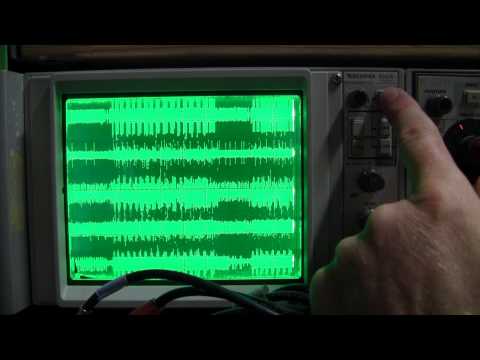![]() Rejection is one of the unpleasant but inevitable components of life. There are positive components to rejection: they build character, they force you to deal with negativity and sometimes they force you to change your life to avoid future rejections. In science, if your submitted manuscript is rejected by the journal you submitted it to, Calcagno et al. reported that the way the authors change the manuscript has an effect on future citations this manuscript receives. The effect is on the order of ~0.1 citations, tiny.
Rejection is one of the unpleasant but inevitable components of life. There are positive components to rejection: they build character, they force you to deal with negativity and sometimes they force you to change your life to avoid future rejections. In science, if your submitted manuscript is rejected by the journal you submitted it to, Calcagno et al. reported that the way the authors change the manuscript has an effect on future citations this manuscript receives. The effect is on the order of ~0.1 citations, tiny.
So much about the benefits. How about the costs? On the whole, peer-review costs an estimated 2.2 billion € (US$ ~2.8b) annually (Research Information Network, 2008), so re-review costs money. How much, I don’t think anybody knows. However, revise, resubmit and re-review costs time as well. Time in which the article might have been cited. Çağan H. Şekercioğlu has now provided us with a rough estimate of the citation cost of the rejection-resubmission cycle (toll access). The gist of his analysis:
On average, each resubmitted paper accumulated 47.4 fewer citations by being published later, with an overall opportunity cost of 190 lost citations.
Compared to these costs, the estimated benefit of ~0.1 citations appears laughable. It is quite likely that Casey Bergman is correct in his assessment of the reason why Calcagno et al. was published in Science:
Nature and Science have a vested interest in making the case that it is in the best interest of scientists to submit their most important work to (their) highly selective journals and risk having it be rejected. This gives Nature and Science first crack at selecting the (what authors think is their) best science and serves to maintain their hegemony in the scientific publishing marketplace.
Çağan’s analysis shows quite unequivocally: the citation costs clearly outweigh the potential benefits of the rejection-resubmission cycle. I wonder if he submitted it to Nature and Science as well, before publishing it with Current Biology and how much that might have cost him?
Çağan H. Şekercioğlu (2013). Citation opportunity cost of the high impact factor obsession Current Biology, 23 (17) DOI: 10.1016/j.cub.2013.07.065














How many citations balance the CNS authorship in prestige?
I estimate it would have to be several hundred in my smallish field… at the very least.
I guess that really depends on the field. My field is surely smaller than yours (they don’t get much smaller, lol). Our CNS-rejected P1 paper collects many more citations per year than our Science paper (for good scientific reasons – the Science paper was just a validation of prior work, while P1 was entirely novel). So chances are, when I submit an application, people will know me more for the P1 than for the Science paper – also because the P1 paper has received much more general news coverage than the Science paper. In fact, I’ve had colleagues approach me because they had seen our P1 work in the news, but I’ve never been approached for our Science paper.
Thinking about it, I guess there’s two aspects of Glam: a) people get exposed to your work before they see your CV and b) people get Glam-struck when the see your CV without knowing (of) you. Early OA papers with media coverage can compensate (even surpass Glam) for a) but not for b).
Comments are closed.